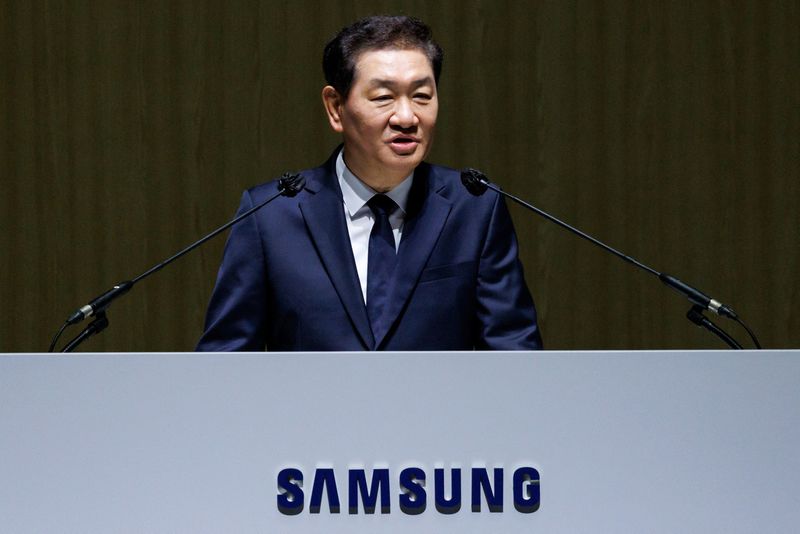Microsoft Crafts AI Reasoning Models to Rival OpenAI, Offers Developer Access
 |
| Strategic Shift in AI Development Unveiled / Reuters |
Microsoft, a titan in the tech world, is reportedly forging its own artificial intelligence reasoning models to take on OpenAI, with plans to make these advanced tools available to developers, according to insights from The Information. This move signals a bold step for Microsoft, long known for its collaboration with OpenAI through Azure, as it seeks to carve out a distinct space in the competitive AI landscape. By building inhouse AI reasoning models, Microsoft aims to not only rival OpenAI’s cuttingedge offerings but also empower developers with innovative tools tailored for complex problem solving, potentially reshaping how businesses and creators leverage artificial intelligence technology.
The push into AI reasoning model development builds on Microsoft’s existing efforts, such as the creation of MAI1, a large language model boasting around 500 billion parameters, designed to compete with heavyweights like OpenAI’s GPT4 and Google’s AI solutions. Unveiled in earlier reports, MAI1 reflects Microsoft’s ambition to master advanced reasoning capabilities, from tackling intricate scientific queries to powering sophisticated coding tasks. Unlike its earlier reliance on OpenAI’s tech, this new direction suggests Microsoft is doubling down on independence, weaving its own AI reasoning model development into a broader strategy that includes specialized models like Muse for videogame creation and Magma for software and robotic control. For developers and businesses searching for Microsoft AI reasoning models versus OpenAI comparisons, this evolution offers a fresh perspective on how these tools might differ in performance, accessibility, and application.
What sets this development apart is the potential for Microsoft to sell or license these AI reasoning models directly to developers, a strategy that could redefine the AI tools for developers market. While specifics remain under wraps, Microsoft’s Azure AI Model Catalog already provides a glimpse into how this might work, offering a range of foundation models that developers can customize for specific needs. Imagine a future where developers exploring AI reasoning model licensing options can tap into MAI1 or its successors, integrating them into apps, workflows, or enterprise solutions. This could mirror OpenAI’s successful API model, which reportedly hit $1 billion in yearly revenue by early 2024, but with Microsoft’s twist: a focus on seamless integration with its cloud ecosystem and enterprisegrade customization. For those researching artificial intelligence reasoning models for developers, this could mean more choices, competitive pricing, and a shift away from onesizefitsall solutions.
Microsoft’s dual approach of collaborating with OpenAI while crafting its own AI reasoning models highlights a savvy balancing act. Through Azure OpenAI Service, developers already access OpenAI’s o1 and GPT4 models, renowned for excelling in benchmarks like the International Mathematics Olympiad qualifying exam. Yet, by advancing its own Microsoft AI reasoning model development, the company could offer unique features, such as enhanced data privacy or tighter integration with tools like Bing and Power Apps. This isn’t just about keeping pace; it’s about setting a new standard in the artificial intelligence technology competition. For businesses weighing Microsoft AI reasoning models versus OpenAI, the choice might soon hinge on factors like cost, scalability, and how well these tools align with specific industry needs, from healthcare analytics to automated customer service.
The implications ripple far beyond technical specs. By potentially licensing these AI reasoning models, Microsoft could democratize access to highlevel AI capabilities, sparking innovation across sectors. Developers searching for AI tools for developers might find Microsoft’s offerings more flexible or costeffective than OpenAI’s, especially if bundled with Azure credits or Power Platform licensing, currently priced in a creditsbased system starting around $20 per unit for AI Builder features. This move could also intensify the artificial intelligence technology competition, pushing OpenAI to refine its offerings while giving Microsoft a stronger foothold in the $200 billionplus AI market. For those tracking AI reasoning model licensing options, the prospect of Microsoft entering this space adds a layer of excitement and uncertainty, as pricing and terms remain key unknowns.
This strategic pivot fits into a larger trend where tech giants are racing to control the future of AI. Microsoft’s investment in inhouse AI reasoning model development, led by figures like Mustafa Suleyman, formerly of Google DeepMind, underscores its commitment to staying ahead. Unlike OpenAI, which thrives on broad accessibility and standalone success, Microsoft’s strength lies in its ecosystem, blending AI with cloud services, productivity tools, and enterprise solutions. For developers and companies exploring Microsoft AI reasoning models versus OpenAI, this could translate to a richer, more integrated experience, though it raises questions about how Microsoft will balance its OpenAI partnership with its own ambitions. The artificial intelligence reasoning models for developers space is poised for a shakeup, with Microsoft’s latest move signaling a future where choice and competition drive progress.
Ultimately, Microsoft’s foray into AI reasoning models to rival OpenAI reflects a calculated bid to lead the next wave of artificial intelligence technology. By offering these tools to developers, whether through direct sales or cloudbased access, Microsoft is positioning itself as a onestop shop for AI innovation. For those digging into AI tools for developers or comparing Microsoft AI reasoning models versus OpenAI, the coming months promise clarity on how these models perform, how they’re priced, and how they’ll shape industries. As the tech giant flexes its muscles in this arena, the ripple effects could redefine what’s possible with AI, making it a story worth watching for anyone invested in the future of artificial intelligence technology competition.



Comments
Post a Comment